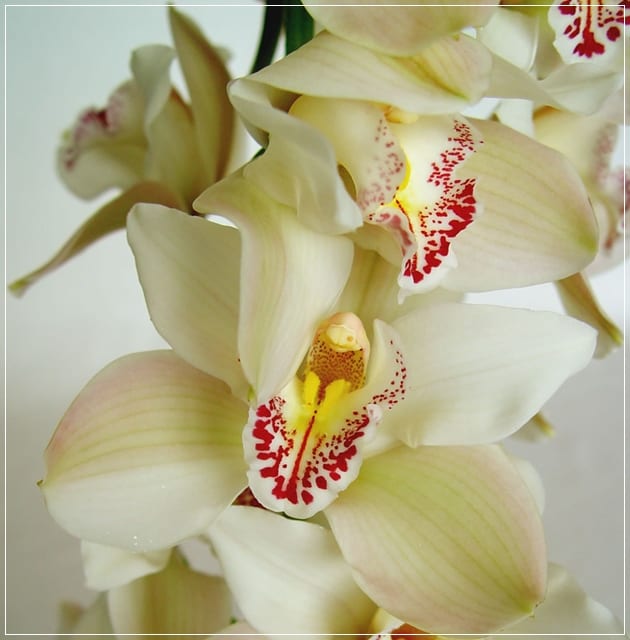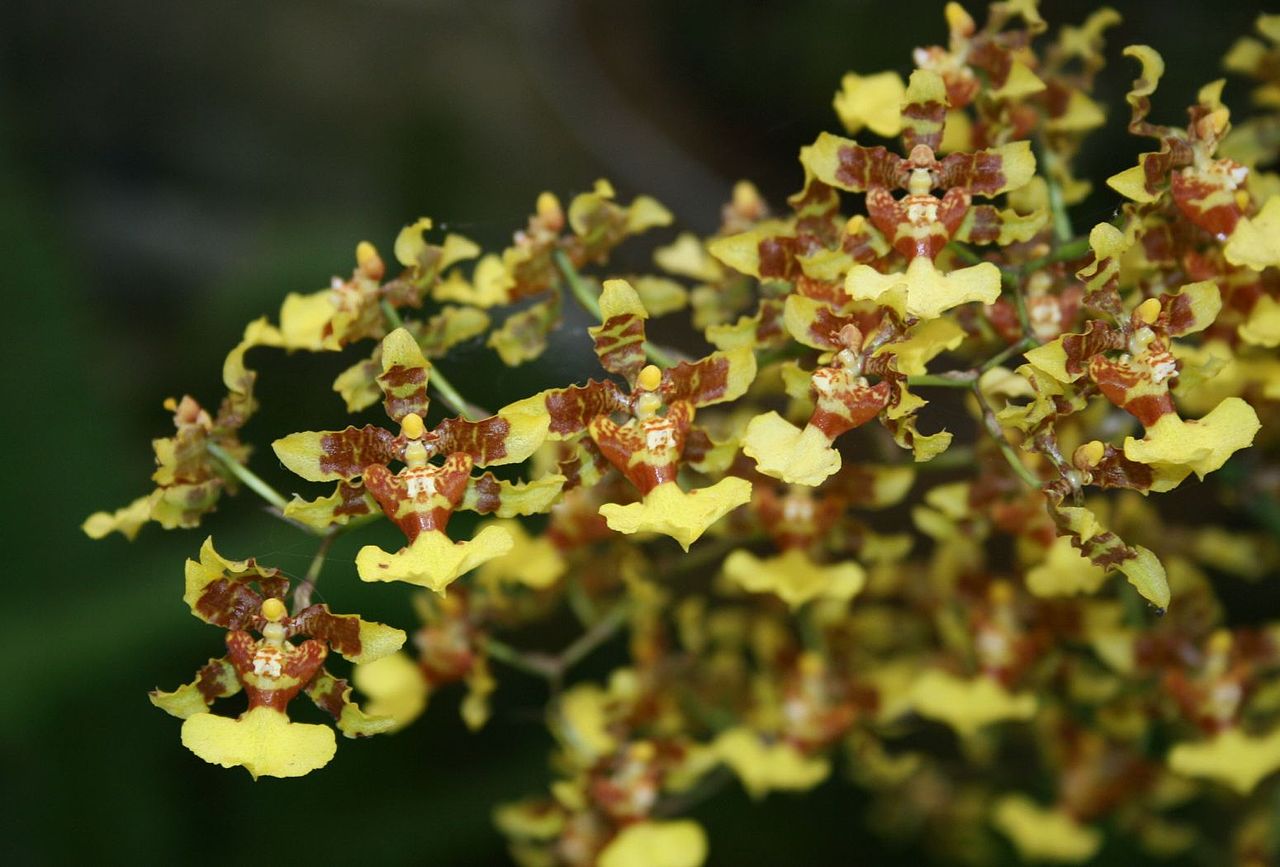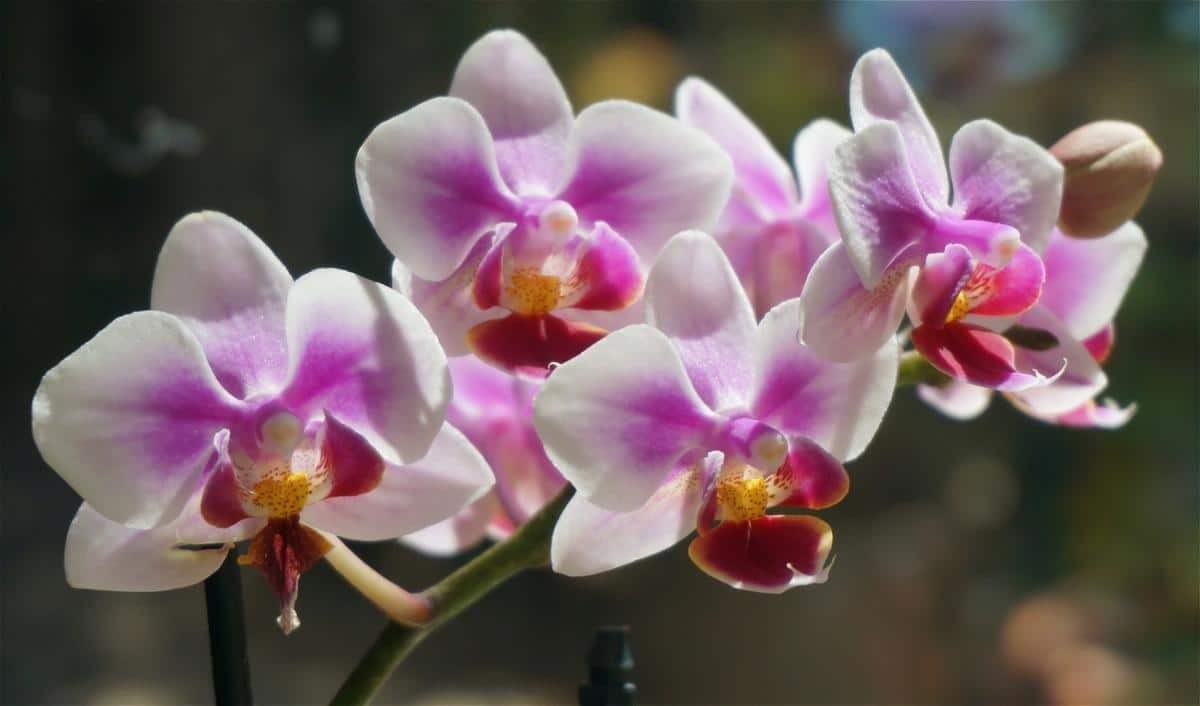
Image - Wikimedia / Averater // Oncidium cheriophorum
Orchids are one of the most cultivated tropical plants indoors, as well as in the gardens of those lucky enough to live in areas where the weather conditions are perfect for them. In addition, if you like challenges related to the care and maintenance of plant beings, if there is a genre that can be useful to learn to overcome them, it is undoubtedly the Oncidium.
This is a genus that is composed of several species, specifically, it is estimated that there are 330 that have been accepted, all of them characterized by producing inflorescences composed of multiple flowers of different sizes and colors. In fact, they become so different that many species have been reclassified. But beware, make it difficult for botanists it does not necessarily mean that it is also difficult in cultivation.
Origin and characteristics of Oncidium
The orchids belonging to the botanical genus Oncidium are native to tropical America. To be more specific, you will find them from the Caribbean to the coastal center of Argentina, always in jungles where it rains frequently. His behavior is epiphytic, that is, they grow on the branches of taller plants. Many of them sprout from fleshy pseudobulbs which develop above the ground, and produce elongated and thin leaves, or else ending in a kind of small fan; and there are even others that have them bent.
The flowers are grouped in inflorescences, and can be small or large, yellow, red, pink, among many others. They bloom once a year on most occasions; on the other hand, hybrids can do it up to three times in a single season.
Main species
Of the many that exist, the best known are the following:
Oncidium flexuosum

Image - Flickr / Kai Yan, Joseph Wong
El Oncidium flexuosum it is an epiphytic orchid that develops pseudobulbs from which thin oblong-lingulate leaves sprout. Its flowers are small, about 2 centimeters, yellow in color, and they sprout in clusters.
Its origin is in Brazil, Argentina, Paraguay and Uruguay, where it lives in hot and humid regions, as well as in mountainous forests.
Oncidium ornithorhynchum

Image - Wikimedia / Averater
El Oncidium ornithorhynchum it is an epiphytic orchid, and sometimes lithophyte (that is, it grows on very stony ground, holding on to stones). Its leaves are oblong-lingulate, and sprout from pseudobulbs cylindrical. Two flower stalks emerge from the center where numerous small and highly perfumed pink flowers appear.
Its natural habitat is the mountainous jungles of Colombia, South America and Central America.
Oncidium sphacelatum

Image - Wikimedia / Rhododendrites
El Oncidium sphacelatum it is an epiphytic orchid, and sometimes lithophyte, that sprouts from cylindrical pseudobulbs. Its leaves are oblong-lingulate, leathery, and two flower stems sprout from its center. The flowers are small, yellow with brown spots.
If you want to see it in its natural state, you should know that it is native to southern Mexico, Central America and even southeastern Venezuela.
What care do Oncidiums need?
Oncidiums are plants that produce very beautiful flowers, but as we said at the beginning, in cultivation they can sometimes be somewhat difficult to maintain, especially when the climate is not quite the most suitable. Therefore, if you dare to get a copy, keep in mind what we are going to tell you below:
Location
- Body exterior:: If the climate is tropical without frost and it also rains frequently, you can grow it outside on the branches of a tree, making sure that it does not get direct sunlight.
If you can grow it only in a pot, fill it with substrate for orchids (pine bark), and put it in semi-shade. - Interior: it is a plant that inside the house must be put in a room where there is a lot of light, away from drafts.
Earth

Image - Wikimedia / Arne and Bent Larsen, Haarby, Denmark // Oncidium 'Tiny Twinkle'
Being an epiphytic orchid, must be grown in clear plastic pots with substrate for orchids (on sale here); or on other large plants if the climate allows it.
Irrigation
Watering will be more frequent than that given to other orchids. In general, It has to be watered 3 to 4 times a week during the summer, and 2 a week the rest of the year. Of course, use rainwater or water without lime, and do not spray / spray its leaves as they could rot.
Humidity
The humidity must be high. Remember that it is a genus that inhabits jungles or mountain forests where it usually rains very often. To get it, the ideal is to put glasses with water around it or buy a humidifier like this so beautiful that they sell here.
Subscriber
You can fertilize your Oncidium with a specific fertilizer for orchids (for sale here) following the indications specified on the packaging, from spring to summer.
Multiplication
The easiest way is by division in spring as long as you have at least three pseudobulbs. To do this, it must be removed from the pot and carefully remove all the substrate. Then, we will delicately separate the plants and plant them in individual pots.
It can also be by seeds, in spring. But it is more complicated since its viability period is very short. What's more, we only advise using this method if it is your own Oncidium that has come to fruition. In that case, plant them in pots with substrate and put them near a heat source. By clicking on the link below you will have more information:

Rusticity
It does not resist cold or frost. The minimum temperature must be 15ºC.

Image - Wikimedia / Franz Xaver // Oncidium polycladium
What do you think of the Oncidium orchids?
